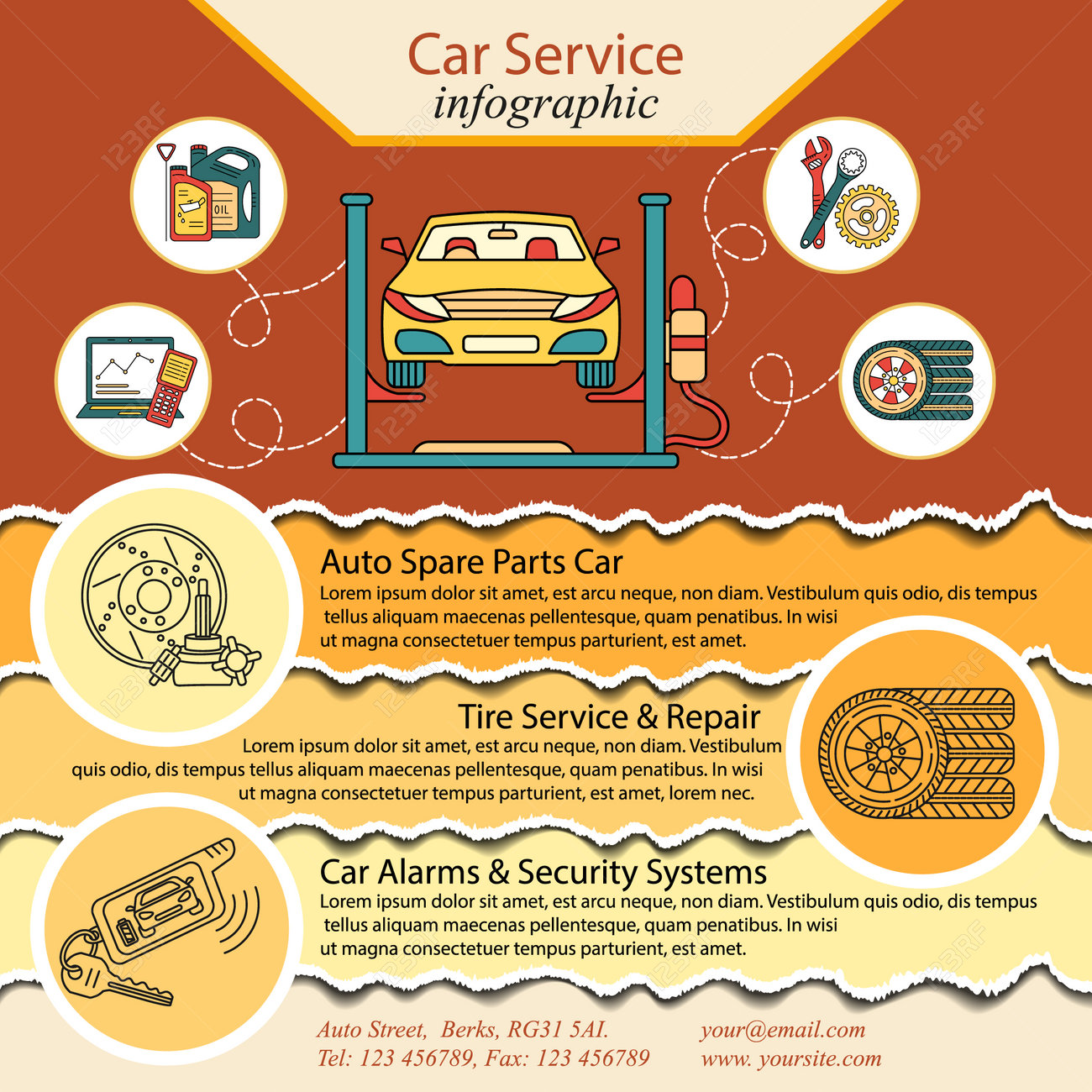Recognizing Brake Equipments: Typical Issues And Exactly How To Take Care Of Them
Recognizing Brake Equipments: Typical Issues And Exactly How To Take Care Of Them
Blog Article
Web Content By-Spence Brooks
When it comes to your automobile's brake system, understanding usual concerns can save you from potential security threats. From determining brake pad wear to dealing with brake liquid leakages, recognizing just how to deal with these troubles is necessary. Yet what about those spongy brake pedals? There's a solution for that also. Remain tuned to learn more regarding these concerns and the practical solutions that can keep you securely when traveling.
Brake Pad Put On and Substitute
When it pertains to maintaining your car's brake system, one crucial facet to watch on is the wear and replacement of brake pads. Brake pads are vital elements that press against the brake blades to reduce or quit your automobile. In time, these pads wear down due to friction, calling for routine examination and replacement to ensure your brakes operate effectively.
To determine if your brake pads require replacement, listen for shrilling or grinding noises when you use the brakes. Additionally, if your lorry takes longer to quit or you discover resonances or pulsations when braking, it may be time to replace the brake pads.
Disregarding worn brake pads can cause lowered braking performance, damage to various other brake elements, and even brake failure.
Changing brake pads is a reasonably straightforward process for several lorries. Nevertheless, if you're not sure or uncomfortable performing this job, it's finest to speak with an expert mechanic to guarantee correct installation and optimal brake performance.
Routinely examining and replacing brake pads is crucial for your security and the long life of your lorry's stopping system.
Brake Fluid Leaks and Upkeep
To guarantee your lorry's brake system operates ideally, it's important to additionally pay attention to brake liquid leaks and maintenance. Brake liquid is critical for transferring the force from your foot on the brake pedal to the real stopping mechanism. One usual issue with brake fluid is leakages, which can take place due to deteriorated brake lines, seals, or connections. If you discover a pool or drips under your automobile, it's important to resolve the leak quickly to avoid a possible brake failure.
Regularly examining click the up coming document is vital to keeping your brake system. https://jeffreytnibv.slypage.com/30779985/it-is-crucial-for-every-automobile-service-center-to-have-a-range-of-important-devices-in-order-to-efficiently-do-their-tasks can lead to air going into the brake lines, which compromises stopping performance.
Additionally, old or contaminated brake liquid can influence the overall efficiency of your brakes. It's suggested to adhere to the producer's guidelines on when to transform the brake liquid, commonly every 2 years.
Spongy Brake Pedal: Blood Loss Brakes
If you have actually ever before experienced a squishy brake pedal while driving, you comprehend the relevance of keeping a company and responsive braking system. One usual root cause of a spongy brake pedal is air caught in the brake lines. When air goes into the brake system, it can result in a loss of hydraulic pressure, causing that unsettling mushy feeling when you push the brake pedal.
To fix this issue, hemorrhaging the brakes is essential. Bleeding https://www.repairerdrivennews.com/2021/08/30/automotive-recyclers-association-criticizes-subaru-over-position-on-repair-parts/ involves getting rid of the air from the brake lines to bring back correct hydraulic stress.
To hemorrhage the brakes, you'll require an assistant to assist you. Start by locating the brake bleeder valve on each wheel, usually discovered near the brake caliper. With a wrench, loosen the valve and have your helper press the brake pedal while you observe any kind of air bubbles appearing. Repeat this procedure for each and every wheel, beginning with the wheel farthest from the master cyndrical tube and relocating more detailed.
Once you no longer see air bubbles and just clear fluid emerges, tighten up the valve and top up the brake fluid storage tank as needed. Bleeding the brakes assists make certain a firm brake pedal and boosts general braking performance.
Verdict
Since you recognize typical brake issues and how to fix them, you can ensure your vehicle's safety and security and performance. Keep in mind to pay attention for warning signs like screeching noises or mushy brake pedals, and address them promptly. Routine upkeep and prompt replacements are key to keeping your brakes in leading problem. Stay proactive and mindful to your brake system to delight in safe and trusted driving experiences.
